Return Link Service, a major PLB & EPIRB improvement
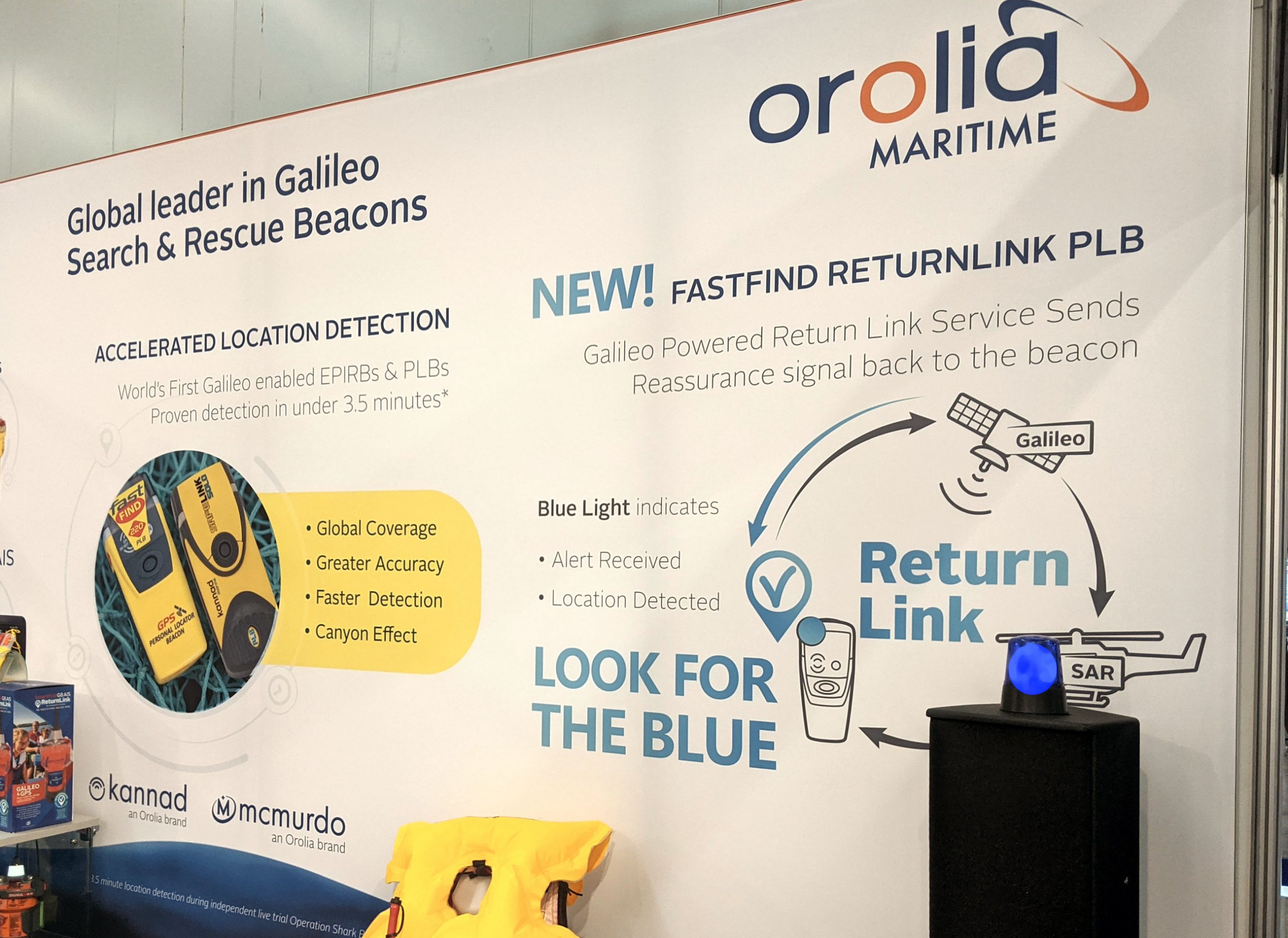
Many of us carry an EPIRB or PLB satellite distress beacon for worst-case emergencies at sea, and while they’ve earned an excellent success record, they also have a nerve-racking drawback. The rare boater who actually activates one will not know if the distress message was received until the search and rescue heroes actually show up. Or don’t show up! But that intensely tense uncertainty is about to change thanks to a newly revealed technology called the Return Link Service (RLS).
Orolia introduced Return Link Service at METS with a big blinking blue light to suggest how the small blue LED on their new FastFind ReturnLink PLB will tell a user that the International Satellite System for Search and Rescue (Cospas-Sarsat) has received their distress message and knows where they are. I can only imagine — so far in my boating life — how reassuring that blue signal would be.
It’s appropriate for Orolia — you may know them by their McMurdo and/or Kannad brands — to introduce RLS because they were involved in its development, but the feature is equally available to all distress beacon manufacturers just as the Cospas-Sarsat communication services are available to all beacon users without cost. In fact, ACR also has a PLB with Return Link ready to go, though the official announcement awaits uncertainty regarding the global availability of RLS that I’ll discuss below.

First, it is important to understand that the Return Link Service will be a unique capability of the Galileo GNNS satellite constellation that has recently joined GPS and GLONASS as components of the vast Cospas-Sarsat system. Only Galileo can mix an RLS message specifically tagged to your PLB or EPIRB into its regular GNSS (global navigation satellite system) position-fixing data streams. So a distress beacon must be able to receive Galileo signals to have Return Link.
Moreover, even the relatively new PLBs that do use Galileo along with GPS — like the McMurdo FastFind 220 and the ACR ResQLink series — do not include Return Link. New models have to be introduced because Cospas-Sarsat won’t approve them until RLS is fully activated (and perhaps because a reassuring feature that doesn’t quite work yet could have the opposite result). Note, however, that existing multi-GNNS beacons should already enable faster rescues as recently demonstrated in Operation Shark Bait.

So the FastFind ReturnLink is a new model of the FastFind 220 that will only be available for purchase when “Galileo’s RLS {is} expected to be fully operational in January 2020.” In fact, Orolia recently specified a January 20 start date to me, although they added that “individual national approvals are still a work in progress, but we expect units on the shelves by the end of Q1.”

Orolia also showed off McMurdo and Kannad EPIRBs with ReturnLink at METS, though again they will not be available to purchase until RLS is fully activated. But, wow, there will eventually be an AIS EPIRB able to assure you about the SARSAT system while also notifying local vessels of your distress.
(Incidentally, NOAA SARSAT — the acronym standing for “Search and Rescue Satellite Aided Tracking” — is certainly part of the 41-nation Cospas-Sarsat organization and also publish the impressive rescue statistics along with lots of other systems info.)

Meanwhile in another METS stand, ACR showed off their ResQLink View RLS model, but only to pesky boating writers like Ben Stein and I. They also insisted that we include the official FCC disclaimer with what is likely the first public photo of the model.
I’ll discuss next why their caution is quite understandable, but, wow, there will eventually be a PLB that not only blinks blue but spells out Return Link reassurance on that bright little screen (like the useful messages I saw with the current ResQLink View).
In fact, the ResQLink View RLS has already completed third-party testing successfully and only awaits Cospas-Sarsat (and FCC) approval, apparently much like the FastFind ReturnLink. RLS is poised to happen, eventually.

But the more I learn about the Return Link Service — see this 2014 presentation PDF, for instance — the more I realize what a trial it’s been for the beacon manufacturers. Yes indeed, they were supposed to receive “all required information to build up RLS capable beacons” by the end of 2014, with the actual Return Link Service to start “by the beginning of 2016”!
I do not know what’s been going on behind the RLS scenes for all this time, but I do gather that some regulatory issues are still being worked out (as Orolia’s “individual national approvals are still a work in progress” suggests). So what we have here is a significant improvement to the already excellent Cospas-Sarsat global search and rescue system with an uncertain timeline. No one suggests that it won’t happen — heck, this seems to be a 41-nation glacier on the move — but let’s not presume when it will happen (which may even vary from region to region).
I hope that readers also see the Return Link Service as great news, and let’s together track its actual rollout in the comments section below.

I’ll add that while the Return Link Service will bring a valuable but minimal two-way feature to the premier SARSAT service, much better two-way distress messaging already exists. Which is particularly on my mind as it came up surprisingly in a METS interview with Navico’s relatively new CEO Knut Frostad
Frostad told Ben Stein and I a lot about where Navico is headed, likely best shared as the results materialize. But this extremely experienced skipper — offshore racing especially, family cruising too — also spoke passionately about products and technologies that have nothing to do with Navico. One of which was global Iridium tracking and two-way messaging, especially for when things go wrong.
He favors YB Tracking products (like the YB3i I once tested) while I’m fond of Garmin inReach handhelds, but I think we agree that one of these and a Cospas-Sarsat beacon is a good way to go.


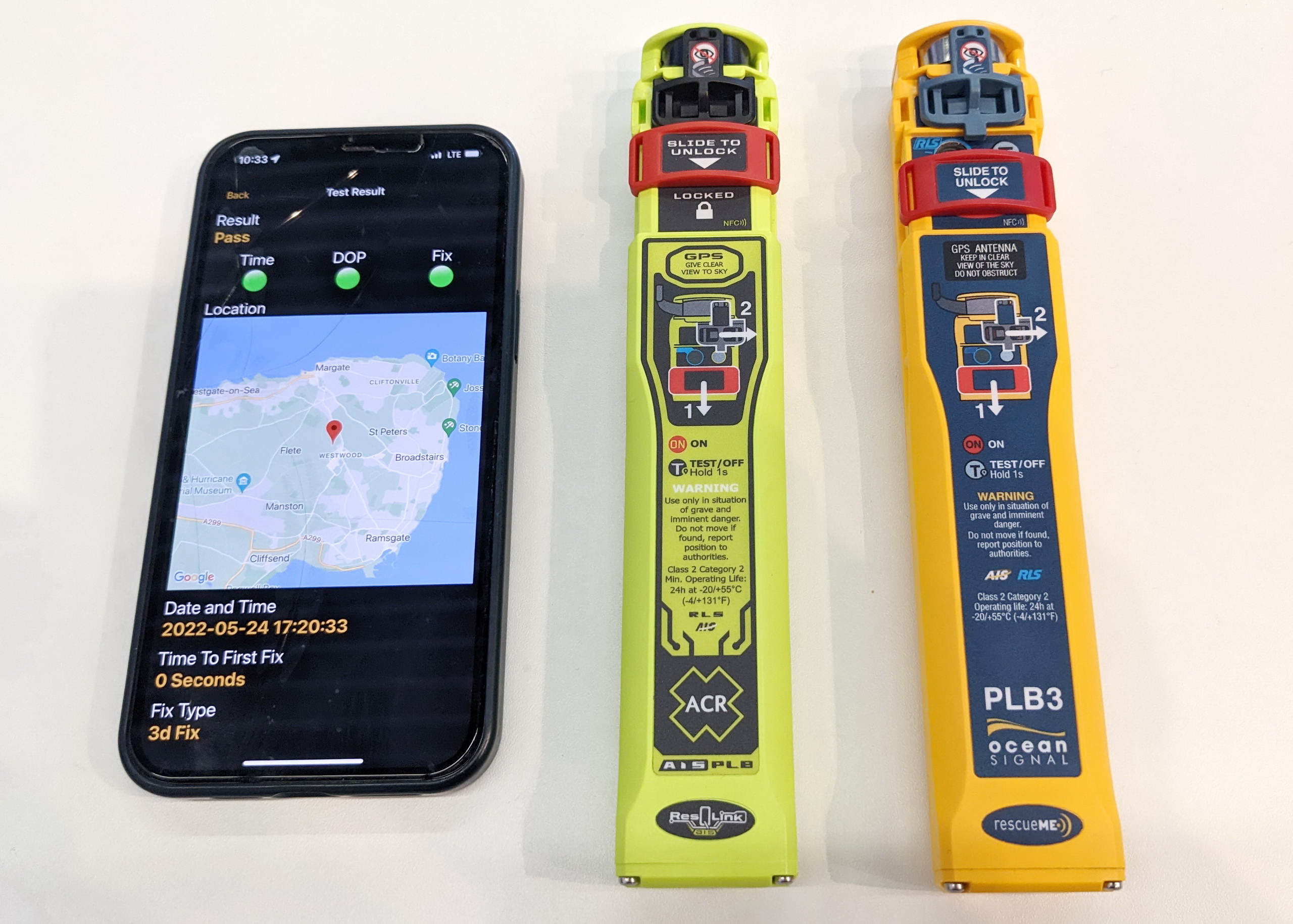
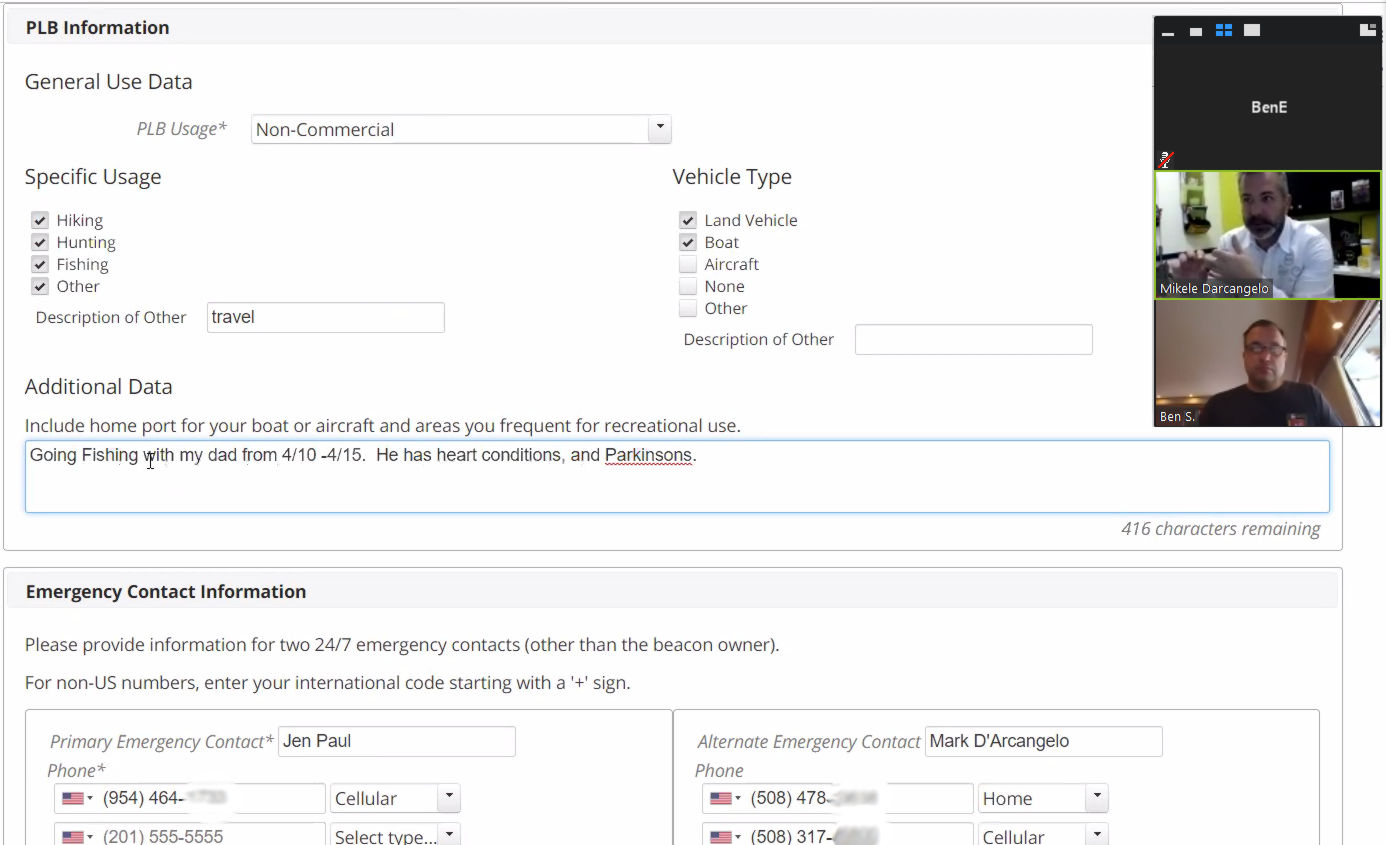
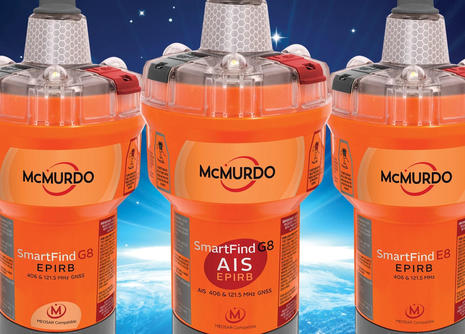
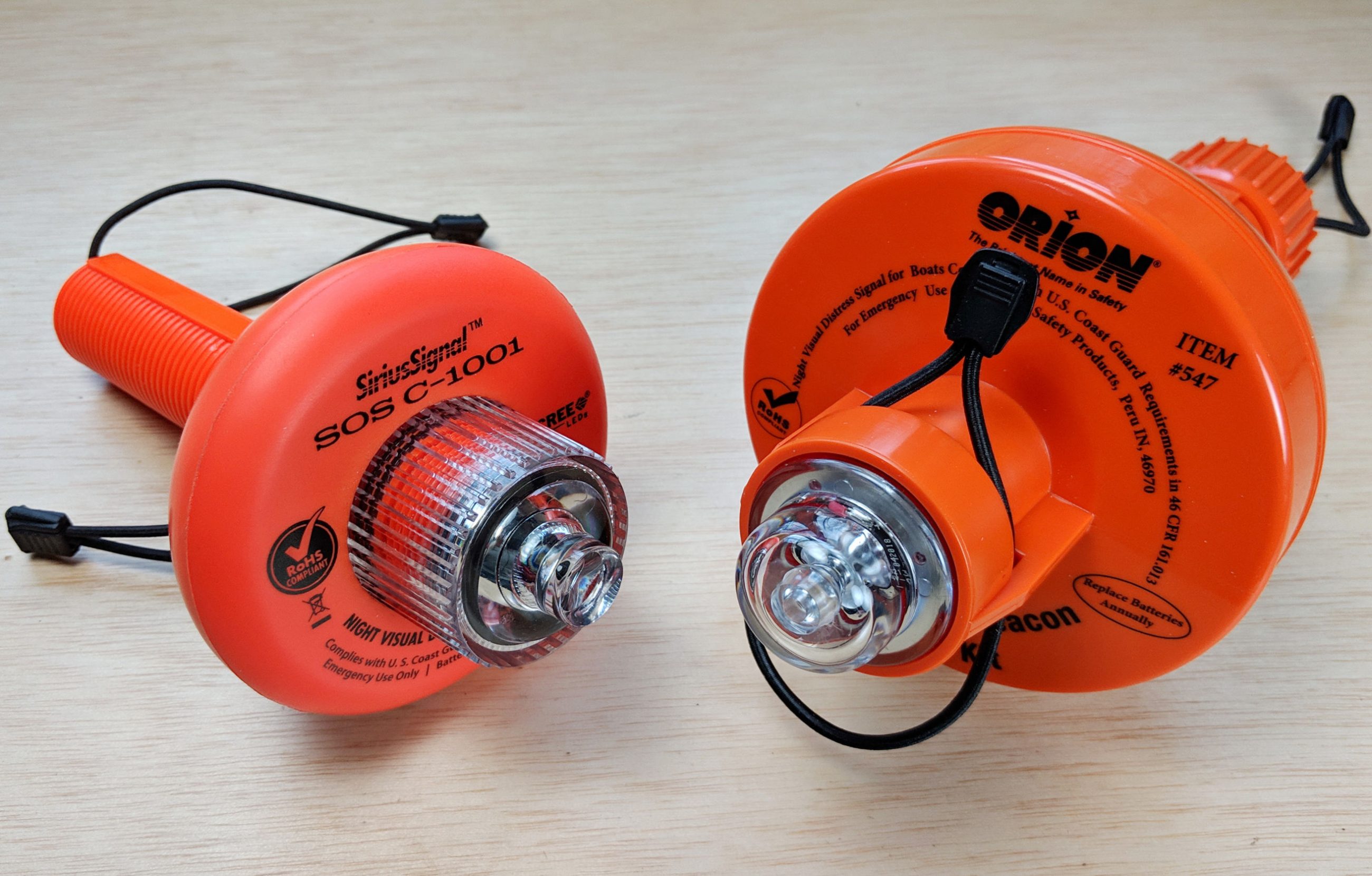







From what (little) I understand about the GALILEO Return Link Service (RLS), there are (or were) two tiers for Return Link Messages (RLM) . In the first tier, the acknowledgement message (RLM Acknowledgment Type 1) would be autonomously generated by the GALILEO satellite system, and would mean that the 406-MHz distress message had been received by the satellite. The GALILEO system would generate this message without involvement of SARSAT.
A second tier message, called Acknowledgement Type II, would be initiated by a SARSAT Rescue Coordination Center (RCC), and would indicate the distress message had been received by the RCC. This would indicate that the distress alert had reached the proper authorities for initiating assistance. This message would require the RCC to be able to uplink to the GALILEO satellite system in some manner. I suspect that granting access like that will be a carefully controlled process.
By the way, the inclusion of the 406-MHz bent-pipe transponder on GALILEO FOC space vehicles is not some little add-on feature. The receive antenna array is very significant. More details and some images are at
SARSAT MEO 406-MHz System on GALILEO FOC Satellites
http://continuouswave.com/forum/viewtopic.php?f=12&t=2951&p=23596
Thanks, Jim. You know a lot!
I believe that RLM Type 1 was chosen, but that the message originates from the Galileo MEOLUT in Toulouse, France, not from the satellites. No one has been able to tell me if it’s a human or an algorithm that actually sends the Return Link Message, but the distress alert and location have gotten ashore and hopefully dispatched to the correct rescue center.
The system diagrams have varied but I think the one above is correct and here’s some confirmation:
https://www.oroliamaritime.com/solutions/galileo-returnlink-rescue/
There is a comment from Orolia that the return link message may take 15-minutes to be received by the PLB or EPRIB to which it is address. At first I thought perhaps this was due to some delay for the authorities to assess the nature of the distress or the location of the distress, and would indicate involvement of a human.
On more (and clearer) thinking, perhaps the 15-minutes is due to the method of transmission of the message from the GALILEO FOC satellites. I believe the message will be embedded in the some manner (that is retro-fitted, that is, won’t break any current GALILEO receivers trying use the system) into the navigation message sent by the satellites. I am not expert of GALILEO, but if it is similar to GPS, the baud rate of the navigation message is very low, about 50-bps, and the complete navigation message is broken into segments for transmission. To receive the entire navigation message might take as long as about 15-minutes. This would account for the 15-minute latency, even if the acknowledgement was coming autonomously from the satellite.
Also, there is no guarantee that the satellite that receives the 406-MHz transmission is going to be in view for the next 15-minutes. There must be some method to let other satellites in the GALILEO also encode the acknowledgment message into their navigation messages.
I am interested to learn more about the Return Link Service. Maybe the engineers at Orolia can peel back another layer on this onion.
I’m proud to be on the team that honored Return Link Service as a valuable innovation…
https://www.sailmagazine.com/gear/sail-magazine-2020-pittman-innovation-awards
…and also glad to learn today that RLS will become “Semi operational tomorrow (not all countries) but it’s the starting flag to get approvals done.”
Has there been even a whisper about the ResQLink View RLS? How long does it take to get the FCC authorization?
A note from Robin @ Orolia; FCC authorization of PLBs with the new Galileo RLS feature is not allowed yet. Interestingly, NOAA has recently issued a request for Information seeking the U.S. public’s views on the inclusion of the optional RLS feature in U.S. country-coded beacons.
Public comments to be received by April 30, 2021.
https://www.federalregister.gov/documents/2021/02/08/2021-02509/return-link-service-authorization-in-the-united-states-search-and-rescue-region
Thank you, Robin, but I’m confused. Why is NOAA even asking about an obviously positive feature, and why did it take so long? Also, why have some countries limited RLS use to EPIRBs only or PLBs only?
https://cospas-sarsat.int/en/beacon-ownership/rls-enabled-beacon-purchase
Sorry, but RLS seems like a mess at this point.
The RLS Service is currently at Initial Operational Capability (IOC) due to some parts of the ground network around the world having not yet been upgraded to handle these types of messages (which explains the current limitations). When the system is ready Cospas-Sarsat will declare it to be at Full Operational Capability (FOC) at which time the delay in receiving the acknowledgement back at the beacon should be reduced and many of the restrictions related to the use of RLS beacons should be removed.
Thank you, Chris. I quoted you in this entry largely about NOAA’s request for comments:
https://panbo.com/epirb-and-plb-return-link-service-whats-the-holdup/